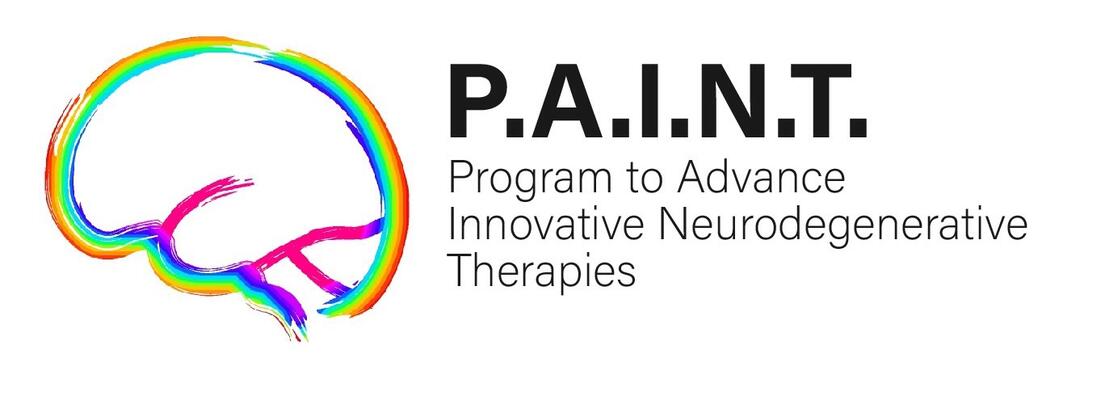Abstract
The choroid plexus (ChP) is a major source of cerebrospinal fluid (CSF) production, with a direct and indirect role in protein clearance, and pathogenesis of Alzheimer's disease (AD). Here, we tested the link between the ChP volume and levels of CSF proteins in 2 data sets of (i) healthy controls, mild cognitive impairment (MCI), and AD patients from the Alzheimer's Disease Neuroimaging Initiative (ADNI) (N = 509), and (ii) healthy controls and Parkinson's disease (PD) patients from the Parkinson's Progression Markers Initiative (N = 302). All patients had baseline CSF proteins (amyloid-β, total and phosphorylated-tau and α-synuclein (only in Parkinson's Progression Markers Initiative)). ChP was automatically segmented on 3T structural T1-weighted MRIs. We found negative associations between ChP volume and CSF proteins, which were stronger in healthy controls, early-MCI patients, and PD patients compared with late-MCI and AD patients. Further grouping of patients of ADNI dataset into amyloid-positive and amyloid-negative based on their florbetapir (AV45) PET imaging showed that the association between ChP volume and CSF proteins (t/p-tau) was lower in amyloid-positive group. Our findings support the possible role of ChP in the clearance of CSF proteins, provide evidence for ChP dysfunction in AD, and suggest the need to account for the ChP volume in future studies of CSF-based biomarkers.
PubMed


